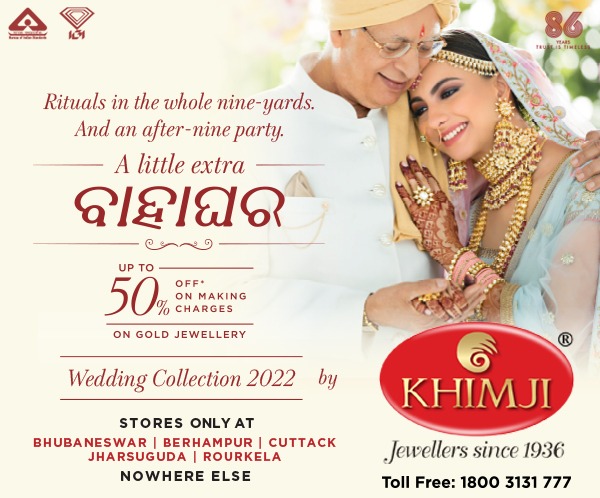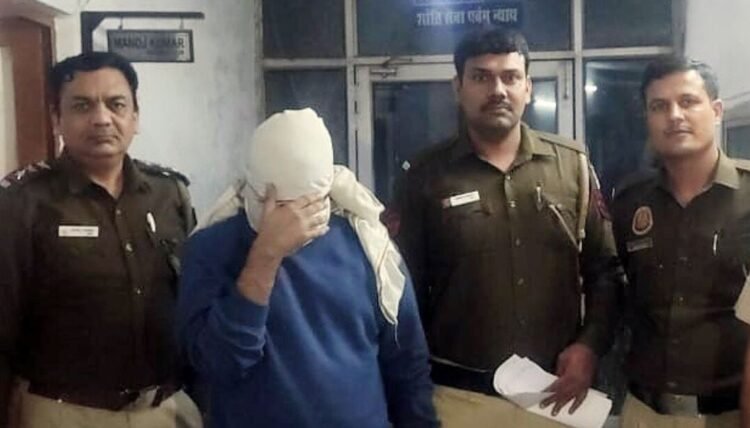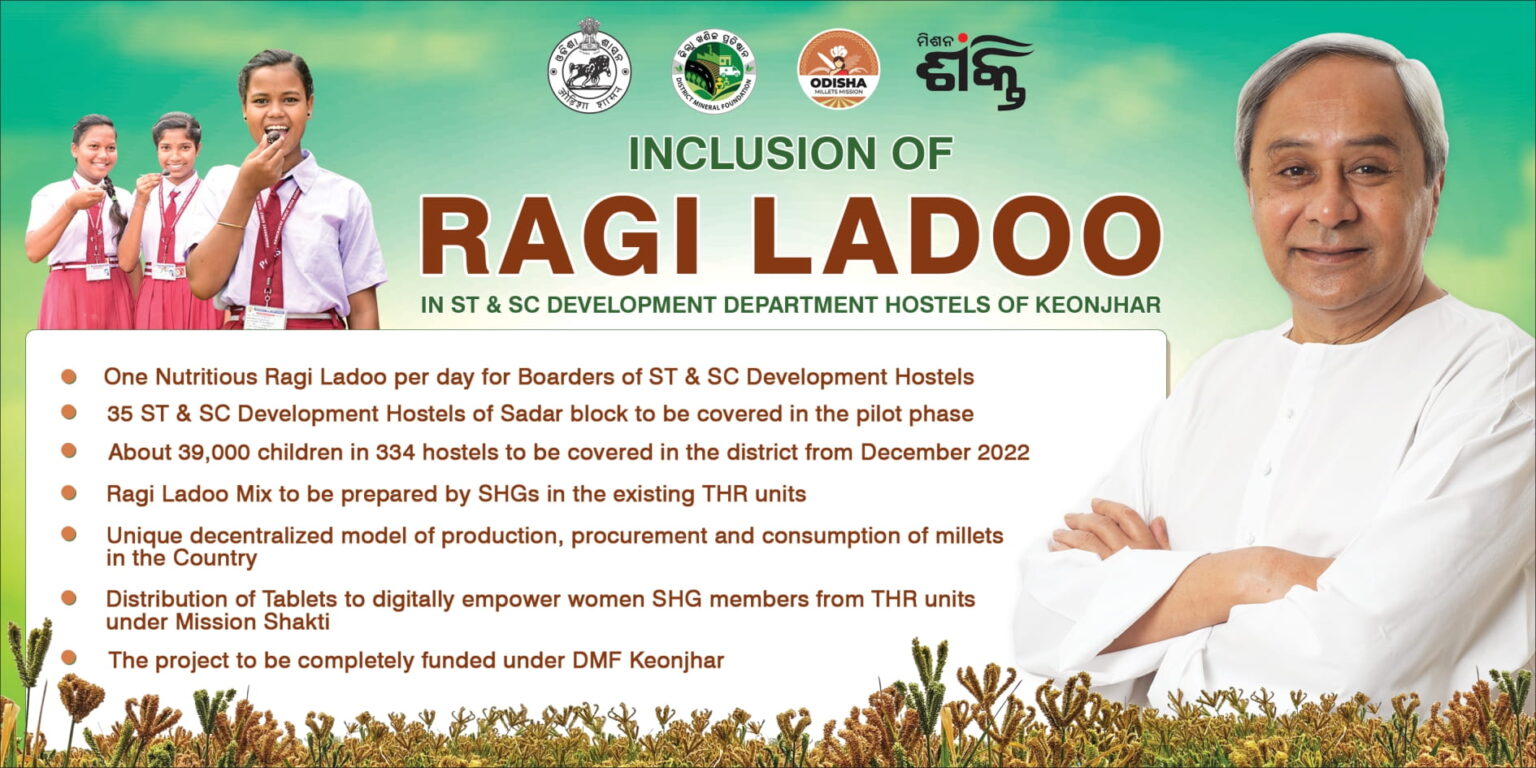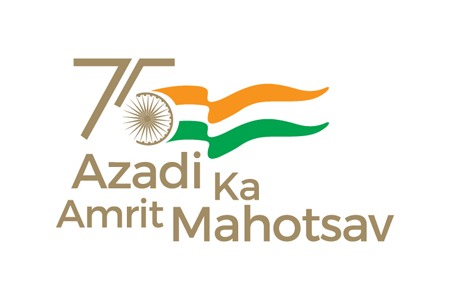Hajipur: The historic Sonepur fair of Bihar remains a popular choice among tourists till date.
Earlier, music programmes were organised at the fair for entertainment of the people coming from far-off places. But now, nautanki (theatre) has replaced the music programmes.
The fair is known for being the biggest animal fair in Asia but now the dance performance by girls of theatre programmes has become a centre of attraction for the tourists.
The presence of theatre in the fair is not a new thing. The residents of Harihar Kshetra believe that this tradition has been there since a long time for the tourists who used to come from remote places.
They added that due to unavailability of means of transport earlier, the visitors would stay for the night after the fair and watch music and dance programmes.
The elders say that theatre first came in 1909. In 1934-35, three theatre companies of Mohan Khan became the highlight of the fair, with seasoned artists like Gulab Bai and Krishna Bai who brought audiences from all over the state.
Born and brought up in UP’s Farrukhabad, Gulab Bai’s theatrical acts garnered a lot of attention in the fair. She gave memorable performances in many plays, including ‘Laila-Majnu’, ‘Raja Harishchandra’.
Around five to six theatre companies take part in this annual fair that begins from Kartik Purnima. Performers, comprising mostly young women entertain the audience attending the fair.
Five theatre companies have taken part in the month-long fair this year, including ‘Shobha Samrat’, ‘Gulab Vikas’ and ‘Payal Ek Nazar’.
Gabbar Singh, manager of Shobha Samrat theatre, said that his company had been performing every year in the fair for more than 25-30 years except for the pandemic.
He added that, the people in the audience there, are connoisseurs of dance and music and encouraged the artists.
A man named Shankar Singh, who had information about the fair, said that obscenity was being delivered in the garb of theatre some years ago.
He added that the condition improved under the pressure of locals and administration.
The combination of classical and folk music is not seen a lot in the programmes anymore, said Singh.
Music like before is not heard in the fair anymore with goofy songs for the sake of modernity taking their place. The cultural tradition of theatre is seeing an end, added Singh.
The audience comprises people of all ages who enjoy the plays.
The beauty and splendour of the fair prevalent with its enthusiasm is still seen among the people. There is a need to propagate and promote the historical significance of the fair to attract tourists from all over the world.
(IANS)

















